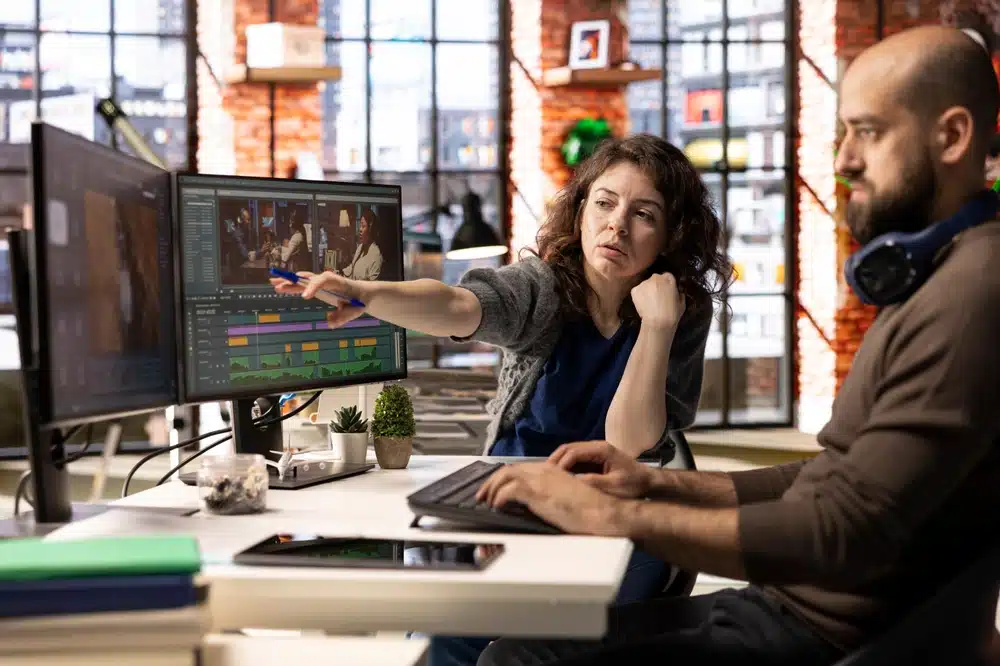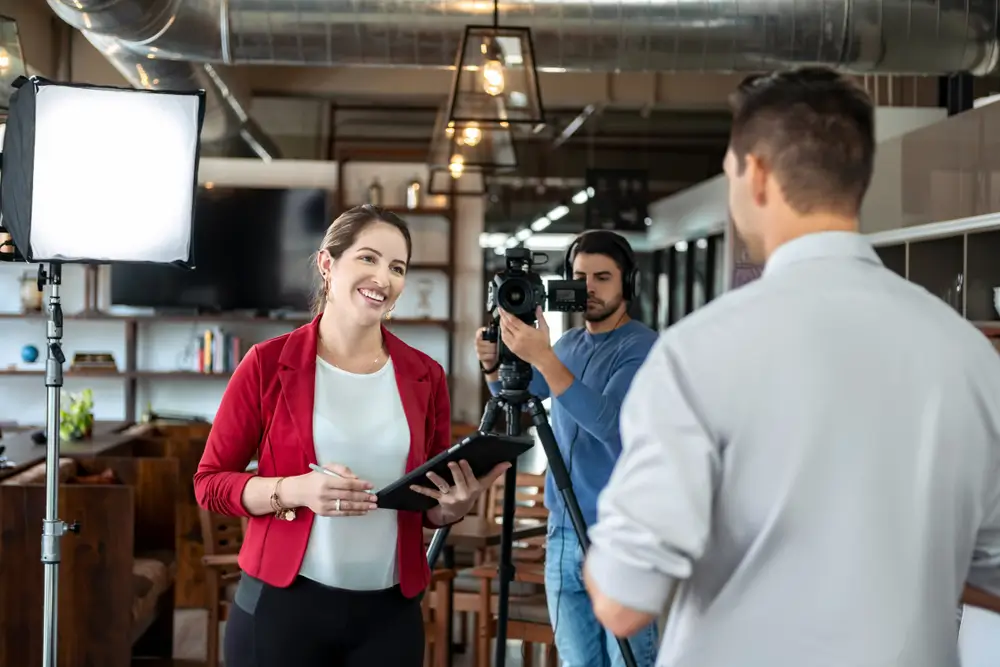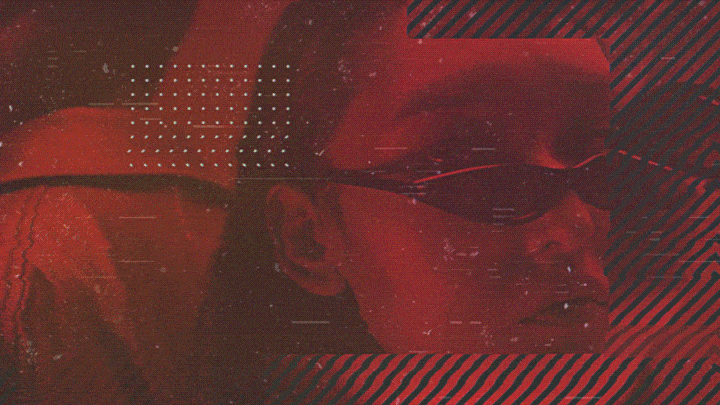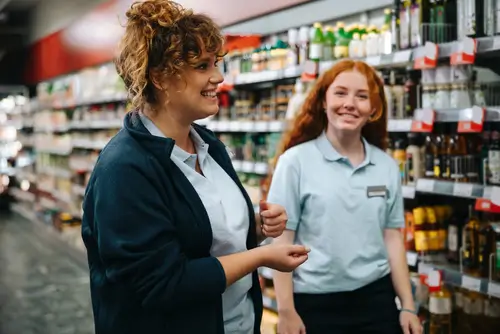When you’re looking to create an authentic feeling, nothing really beats the documentary style.
No other style builds trust and credibility quite like this genre, and it’s one of the content styles we specialize in.
When you have an interesting character, in an interesting place, at an interesting time, there’s no limit to what you can create.
One of our favorite docu-style productions is the “Speaking French in Louisiana” video series that we created for Rosetta Stone. Let’s have a closer look at how this charming series came to be.
Authentic Storytelling: “Speaking French in Louisiana”
When Rosetta Stone reached out to us, the initial goal was to create four videos. The basic premise of the series was that you don’t have to leave the United States to practice speaking a foreign language.
We would illustrate this by going to Louisiana and exploring the deeply rooted French culture and traditions thriving in this region.
Our clients at Rosetta Stone had secured an excellent “guide” in Grammy-award-winning artist Louis Michot of the Lost Bayou Ramblers. We planned to connect with him and meet with some local French-language students using Rosetta Stone to learn French.
Rosetta Stone’s data suggested that many of the people learning French in Louisiana were doing so to reconnect with their own French culture and heritage. This thesis is what we set out to explore further in the video series.
So, how do you go about something like this?
Well, our strategy was to first get on the ground, meet up with Louis and the students and then start shooting.
The objective of these videos would be to offer a unique glimpse into the local culture and a unique perspective on language learning. The videos were to be published both as blog posts and on Rosetta’s Instagram page as episodic video content with a documentary feel.
This approach and distribution allowed for an authentic feel that could be broken up into individual pieces that their audience could browse and engage with on a piece-by-piece basis.
Preparations: On-Site Research and Interviews
To prepare for the project, our client and Alex (our director for the piece) interviewed Louis thoroughly to get a good understanding of the topic: French culture in Lafayette.
Talking to Alex, we quickly realized there were countless unique, fascinating stories to tell about the local culture. Our client also noted that we would potentially want to make an extra video or two based on the plethora of fun and quirky angles we came across.
In a project like this, a certain level of flexibility is beneficial, as it enables you to explore and build on things that pop up as you go.
Execution: A Lean Team With an Agile Approach
To execute quickly and efficiently, we built a lean team and production package. Our crew consisted of our Director, Director of Photography, a B-Cam operator, an audio technician, and a producer. This team is the perfect size for us to have both quality and efficiency.
As for gear, we used a kit of 3 cameras which included a Sony F5, Sony FS7, and a Sony a7s mkii. We also used boom mics, lavalier audio, and a small led lighting kit for audio and lighting. This setup allowed us to shoot quickly and spontaneously without compromising on image or sound quality. This gear package offers the perfect ratio of quality and agility for a project like this. We also kept a drone on standby to capture the aerial shots that help in the “world-building” of the story.
We did all the shooting in three days. We did all of the interviews on day 1. Day 2 was dedicated to working with the students, and day 3 was centered around capturing local b-roll. This would help us tell the story visually, and then the grand finale was a musical performance by Louis and his band.
Throughout the production process, we remained flexible in finding and executing additional stories when they presented themselves. One example of this is the “Where does Dixie come from?” video. While we were waiting in the parking lot early Saturday morning to work with Karlos from Bayou Teche Brewing, a police officer swung by to ask what we were doing.
We explained what we were working on, and he proceeded to speak to us in French and asked us if we knew where the term “Dixieland” came from. We immediately felt that we’d found a great character, and luckily he agreed to let us film him as he told us the whole story. Thinking and filming on your feet like this is crucial to creating great docu-style videos.
Result: An Award-Winning Series of Viral Videos
What started as a project of four videos quickly expanded into a series of no less than 11 unique videos for Rosetta Stone’s social and blog pages: Those videos include:
Why French is Crucial to Cajun Music?
These films were very well received by both the client and their audience. They created a boost in organic engagement, offered our client a way to tap into a new audience, and helped them connect their brand more deeply to their existing customers.
The video series garnered significant social impressions for Rosetta’s Facebook and Instagram pages and was awarded one local Addy award and four Telly awards.







![Video Production Budget Template [Free Download] 5 Video Production Budget Template](https://wearecovalent.com/wp-content/uploads/2022/04/Video-Production-Budget-Template-min.gif)